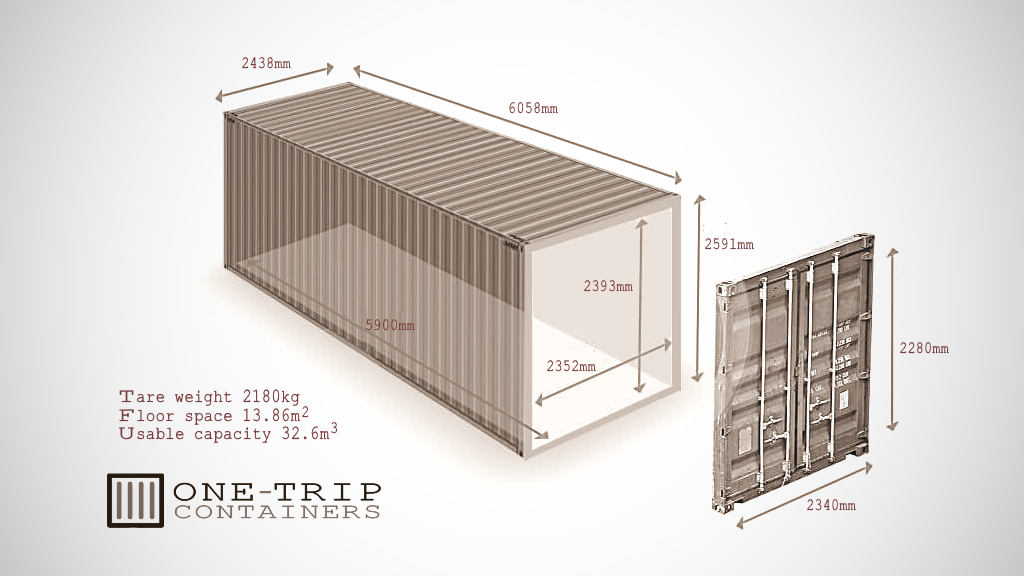Condottiere
Emperor Mongoose
Spaceships: Accommodations and Thirty Tonne Container
High Guard says our tonne is fourteen cubic metres.
Using that as the basis:
Two tonner is twenty eight cubic metres; one by quarter by quarter.
Ten tonner is one hundred forty cubic metres; one by one by one.
Thirty tonner is four hundred twenty cubic metres; three by one by one.
Sixty tonner is eight hundred forty metres; six by one by one.
Cube root one hundred forty is 5.19249410185 metres.
Which is 17.03574180396982 feet.
So, seventeen footer.
Square root 5.392398999646312 is 2.322153956921529 metres.
So a seventeen footer would nominally be 5.19 metres by 2.32 metres by 2.32 metres.
High Guard says our tonne is fourteen cubic metres.
Using that as the basis:
Two tonner is twenty eight cubic metres; one by quarter by quarter.
Ten tonner is one hundred forty cubic metres; one by one by one.
Thirty tonner is four hundred twenty cubic metres; three by one by one.
Sixty tonner is eight hundred forty metres; six by one by one.
Cube root one hundred forty is 5.19249410185 metres.
Which is 17.03574180396982 feet.
So, seventeen footer.
Square root 5.392398999646312 is 2.322153956921529 metres.
So a seventeen footer would nominally be 5.19 metres by 2.32 metres by 2.32 metres.




